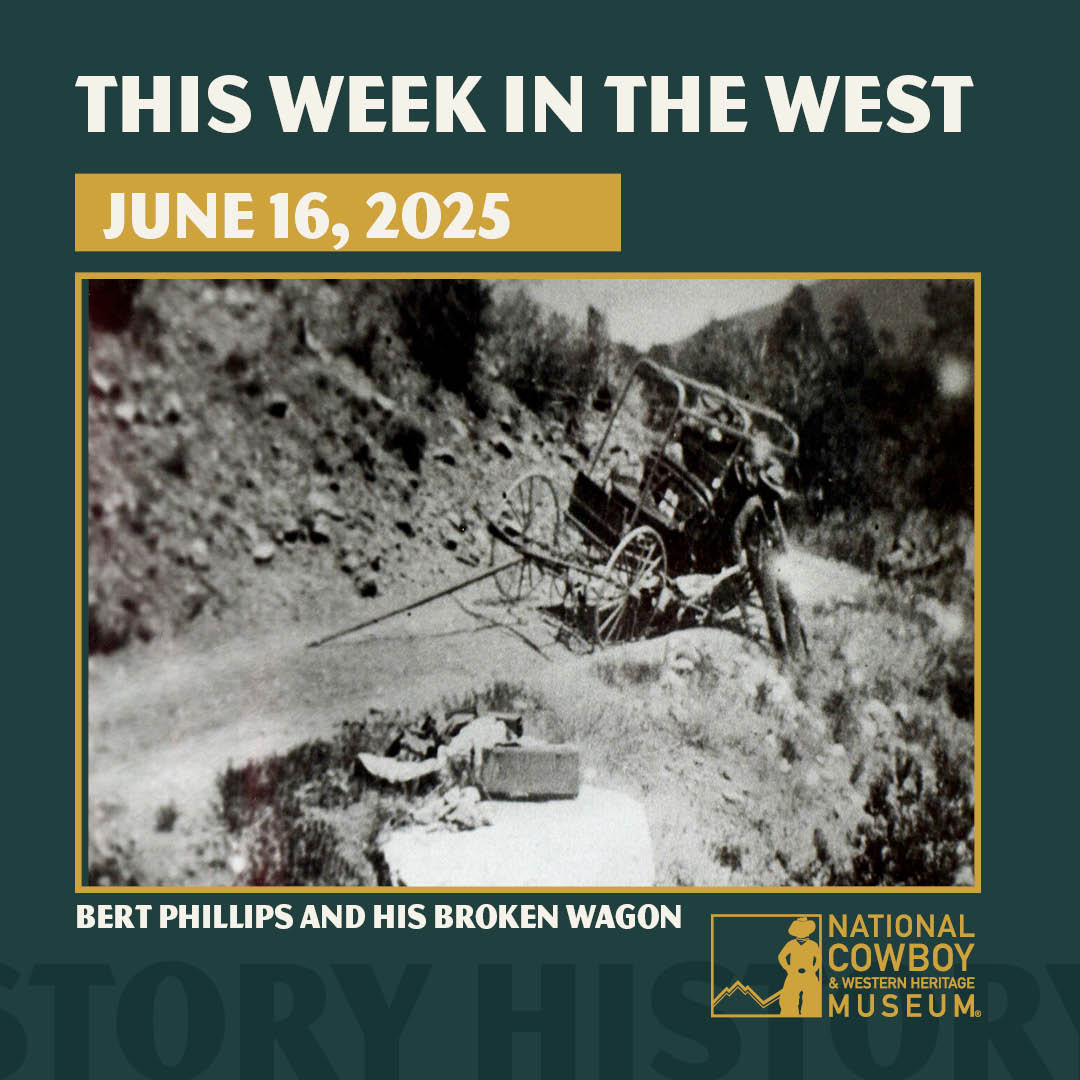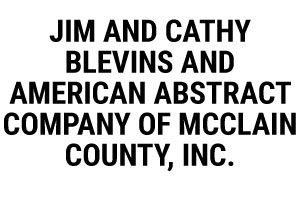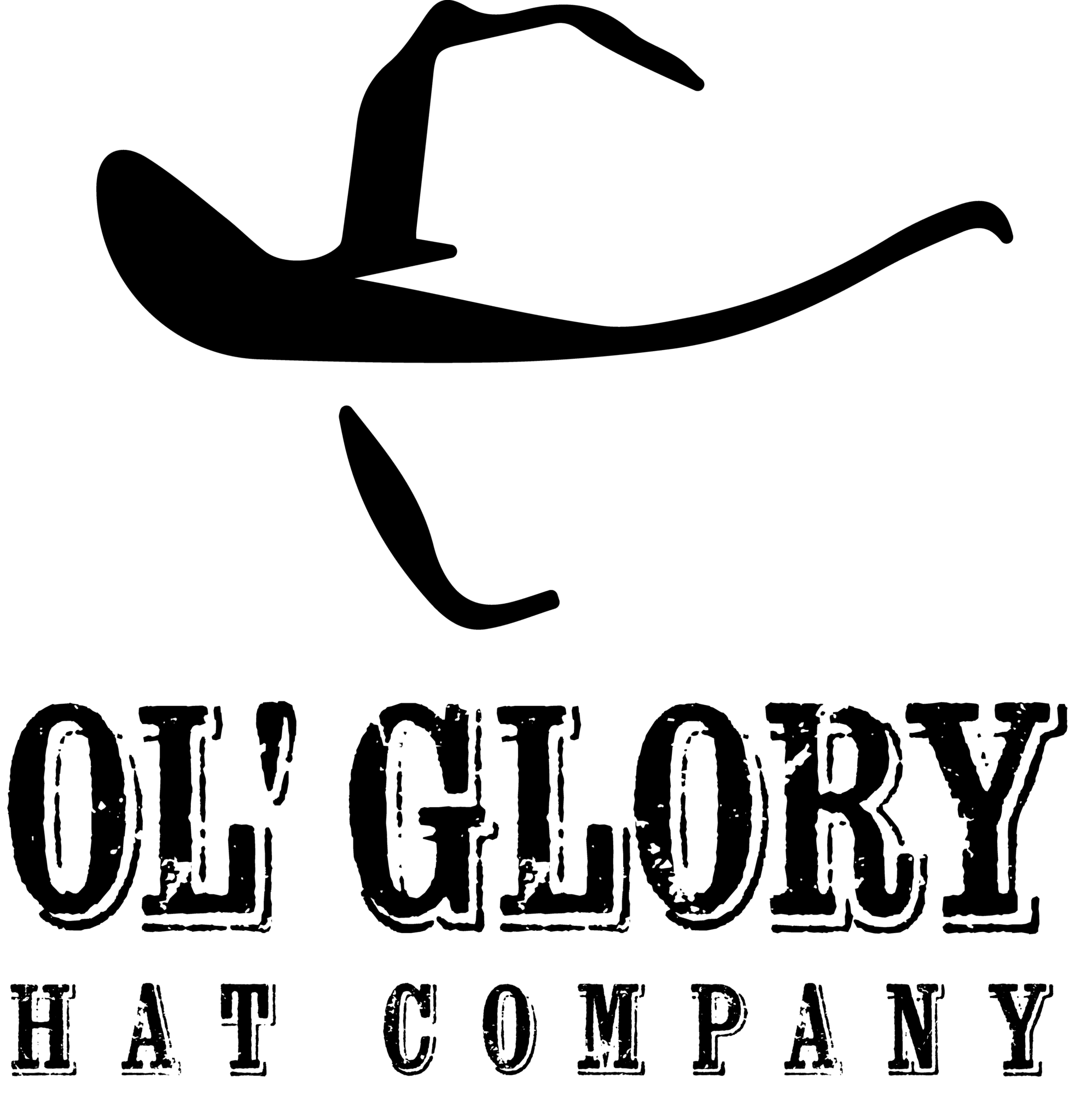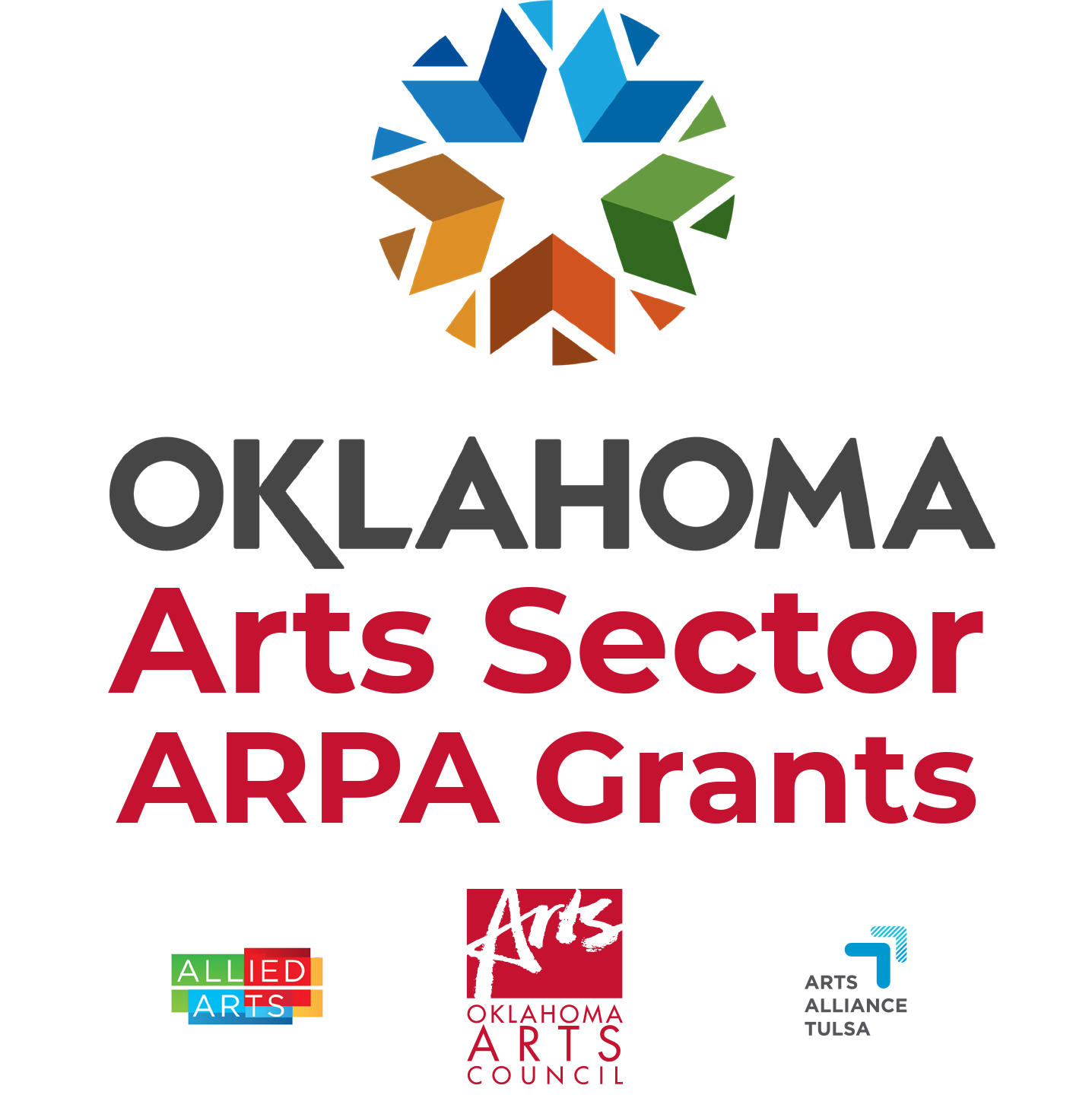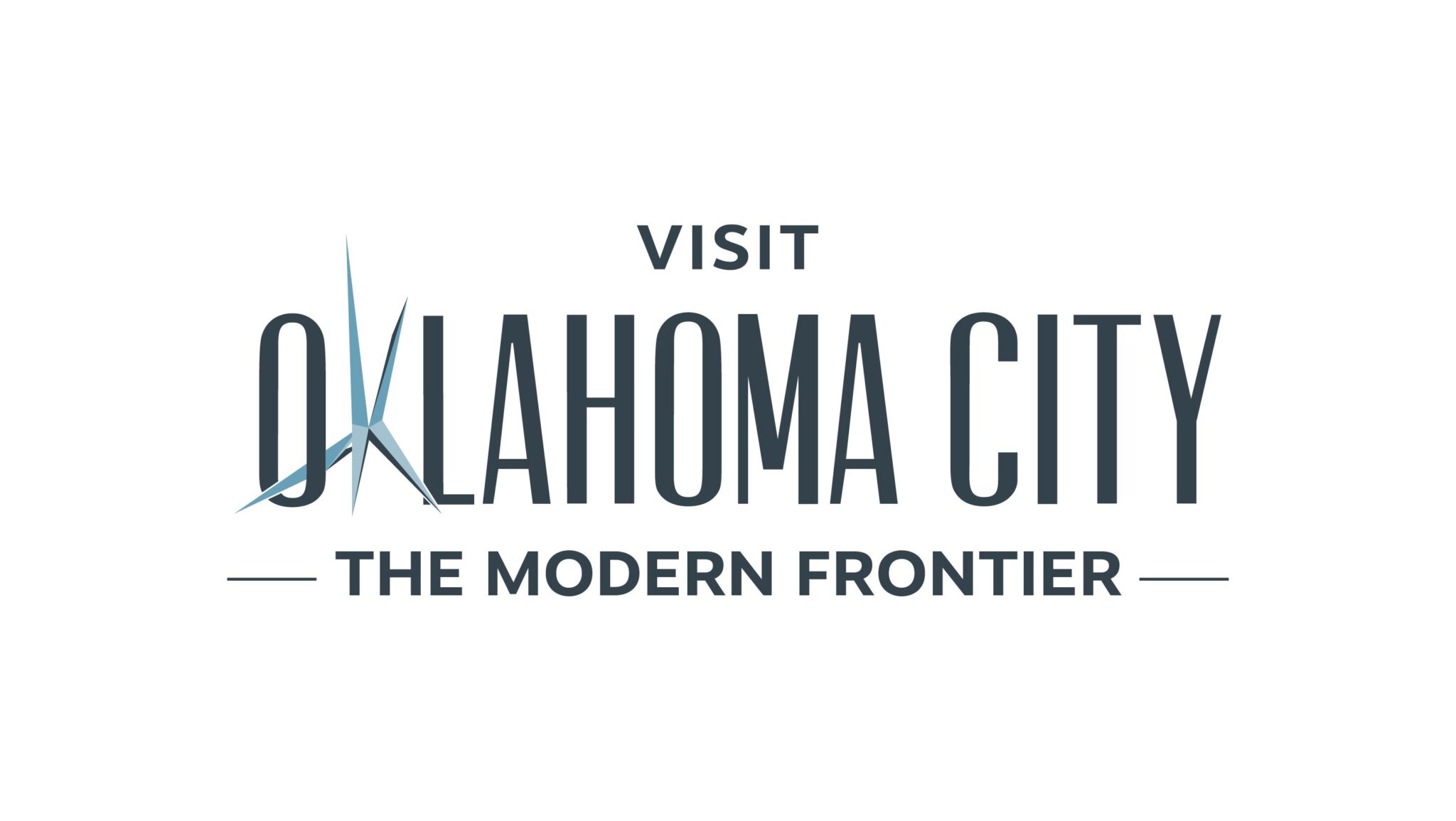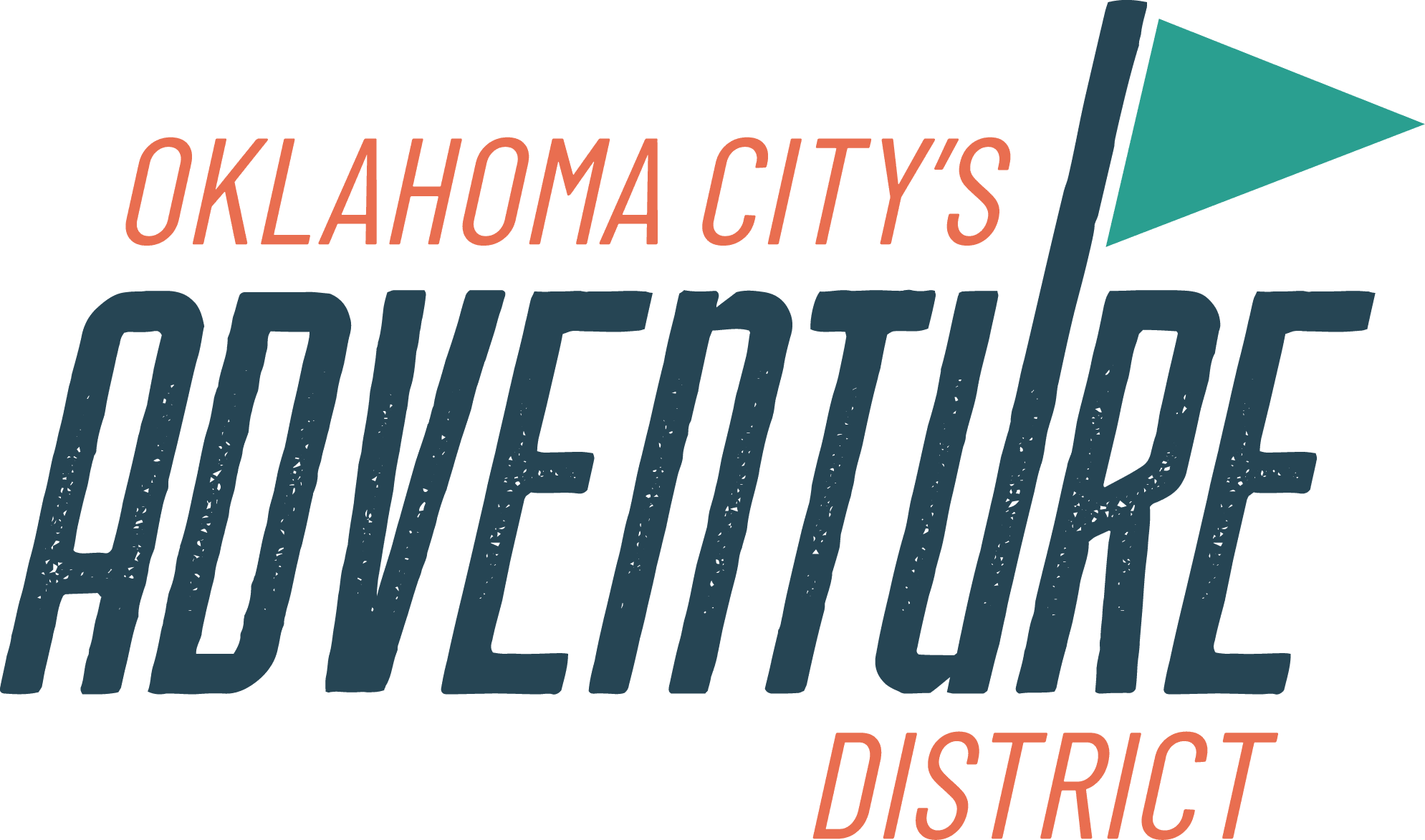Welcome to the blog about our podcast “This Week in the West.” We’ll share the show’s scripts on our blog each week. If you want to listen, click above, subscribe on your favorite podcast app or check back here every Monday.
If you have questions, ideas or feedback about the podcast, you can reach out to podcast@nationalcowboymuseum.org
June 16, 2025: Bert Geer Phillips, a Broken Wagon Wheel and Taos
Howdy folks, it’s the third week of June 2025, and welcome to This Week in The West.
I’m Seth Spillman, broadcasting from the National Cowboy & Western Heritage Museum in Oklahoma City.
On this podcast, we share stories of the people and events that shaped the history, art and culture of the American West—and those still shaping it today.
In the summer of 1898, two young artists bounced their way across the rugged terrain of the West in a rickety wagon bound for Mexico. They didn’t know much about pioneering. They’d spent the past few years at a studio in New York City and studying painting in Paris.
But they had heard how the West could inspire artists, so away they went.
But then, somewhere in northern New Mexico, they shattered a wagon wheel. They were close to the village of Taos, so they flipped a coin, and one of them, Ernest Blumenschein, rode off to get help, leaving his friend Bert Geer Phillips to guard their gear and wait.
Today, we remember Phillips on the anniversary of his death, June 16, 1956, and the remarkable impact his decision on the side of that trail had on the history of Western art.
Three days after setting out, Blumenschein returned—not just with a mended wheel, but with wide eyes and an urgent sense that they’d stumbled onto something extraordinary.
He wove a tale for Phillips about not just the natural beauty of the Taos Pueblo, but the work being done by Native American potters and Mexican artisans.
Instead of pressing further south, why don’t they just settle there and spend the fall painting?
For Phillips, it would be a permanent stop. The broken wheel hadn’t stalled a journey; it had sparked an art movement.
Bert Geer Phillips was born July 15, 1868, in Hudson, New York. As a youngster, he was a voracious reader of dime novels and tales of Kit Carson, Buffalo Bill and the wilds of the west.
He’d always been interested in art and painting, and by the age of 16, he was a member of the Art Students League and the National Academy of Design. He set off for Paris in the 1890s, where he met Ernest Blumenschein and Joseph Henry Sharp.
It was Sharp who had planted the idea of New Mexico in the men’s minds. He had visited Taos a few years earlier and spent time painting portraits of the landscapes and Native people.
By the time Phillips and Blumenschein had settled in, Taos was still a rough town on the edge of the Frontier. Tensions were sometimes high between the newly arrived White settlers, the Hispanic population and the natives. At one point, Phillips and another white artist sparked a scuffle during a Catholic ceremony by refusing to remove their hats. In the ensuing chaos, the sheriff was killed, and Phillips, though not directly responsible, had played a part in inflaming the scene.
He later wrote to Blumenschein, “I began to feel as if this was the real ‘border life,’ and only wish old Kit Carson was here with us.”
While Bluemsechein returned to New York, Phillips stayed behind. He rented a studio and immersed himself in the local culture, making friendships, observing ceremonies, and painting scenes of pueblo life.
In 1899, he married Rose Martin, whose brother, Dr. Thomas “Doc” Martin, was one of the town’s most respected citizens. Their home, built around the old Taos Plaza, became a gathering place for artists and intellectuals.
From that base, Phillips began to build the vision that would become the Taos Society of Artists. He wrote to Blumenschein with ideas of forming a colony where artists could live, work and exhibit together.
In 1915, that vision became a reality when Phillips, Blumenschein, Sharp and three others formed the Society in the dining room of the Martin home. It was the beginning of an enduring chapter in American art history.
Phillips’ style was unabashedly romantic. He painted Native figures by firelight, capturing quiet moments steeped in reverence. Unlike those contemporaries who were turning toward modernism, Phillips stayed true to realism.
He made an effort to understand the dress, customs, and spiritual life of the Native Americans, while still painting them in idealized fashion.
Phillips’ contribution went beyond the canvas. He was a key advocate for the natural environment, helping establish the Taos National Forest in 1906 and serving as its first forest ranger.
Bert Geer Phillips died in Taos in 1956, having spent nearly six decades in the town. It continued to flourish as an arts-focused community. It drew the likes of Georgia O’Keeffe and modernist Andrew Dasburg. English novelist D.H. Lawrence had a ranch there.
Today, it remains a hub of Western art. It has more than 80 art galleries, three museums and the preserved homes of some of the original members of the Taos Society of Artists.
We are celebrating the creativity and importance of Western art right now here at The Cowboy. We have some of Phillips’ work on display in our permanent collection.
And we are hosting the 53rd Annual Prix de West Invitational Art Exhibition & Sale, which gathers many of the best contemporary Western artists in the world, showcasing more than 270 new creations. The exhibition is on view through August 3. The art sale weekend is June 20-21.
Find out more at pdw.nationalcowboymuseum.org
And with that, we’ve fixed the wagon wheel on another episode of “This Week in The West.”
Our show is produced by Chase Spivey and written by Mike Koehler
Follow us and rate us on Apple podcasts or wherever you hear us. That helps us reach more people.
We can follow us on social media and online at nationalcowboymuseum.org.
Got a question or a suggestion? Drop us an email at podcast@nationalcowboymuseum.org
We leave you today with the words of Phillips’ daughter Margaret following his death: “My father used to tell us as children that when he came to Taos, there were fewer ‘Anglos’ than you can count on the fingers of your hands. He loved the Indians, and they loved him. He never wavered in his desire to make painting them his life’s work. The Indians and the aspens. I don’t know which he painted better.”
Much obliged for listening, and remember, come Find Your West at the National Cowboy & Western Heritage Museum.
